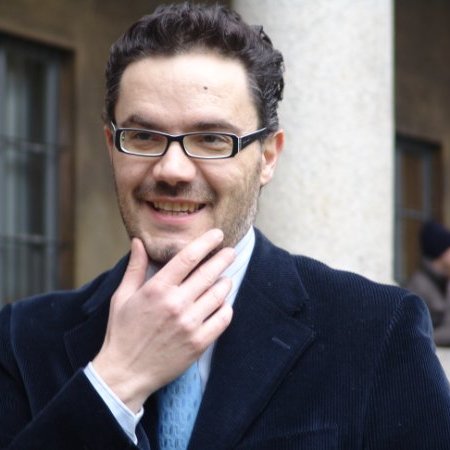
The European population is entering a new phase of its demographic history, characterised by long-term decline and accelerated ageing. The dynamics of the demographic transition have led to increased longevity and declining birth rates, resulting in profound changes to the population structure. The reduction in mortality risks from birth to old age has brought the replacement level (the number of children required to replace parents) to around two. However, fertility rates have fallen below this level in most countries worldwide, leading to insufficient fertility to sustain generational replacement.
Europe, as the continent where the demographic transition first began, is now in the most advanced phase of this process. Currently, all European Union countries report fertility rates below two children per woman, though there is considerable variation across the continent. The persistent low birth rates are now also eroding the population of reproductive age. This means that births are declining not only because fertility is below replacement level, but also because the number of potential parents is shrinking. The European population is thus ageing due to both increased longevity, which raises the number of elderly people, and declining birth rates, which reduce the younger population. This significantly changes the balance between generations: larger cohorts (born when birth rates were still relatively high) are moving into old age, while smaller cohorts (born when the total fertility rate dropped below two) are entering the prime working years.
The ageing population structure pushes birth rates further downward (due to the shrinking number of people of childbearing age, as mentioned) and raises mortality rates (due to the growing proportion of elderly individuals). This shift causes the natural balance (births minus deaths) to move from positive to negative. The EU population, just under 450 million at the beginning of 2024, has not yet begun to decline, despite the negative natural balance, only thanks to immigration and, more recently, the significant influx of refugees from Ukraine. In the coming years and decades, the magnitude of population decline and generational imbalances will depend on how low fertility remains and how effectively immigration flows are dealt with and integrated. In 2023, seven EU member states experienced population decline, where migration flows failed to offset the negative natural balance.
Building a ‘longevity society’, with the basis and conditions for living well and longer, is the primary demographic challenge of the 21st century. What makes the difference in positively addressing this challenge is the strength of the younger generations. If their demographic weight declines too much (a process known as ‘dejuvenation’), it leads to unsustainable imbalances in the ratio between the elderly population and the working-age population. The ability of a country to generate well-being – by driving economic development and ensuring the sustainability of the social system (through the funding and functioning of the welfare system) – depends on both the quantitative and qualitative mechanisms that ensure an adequate generational renewal.



